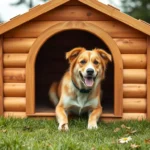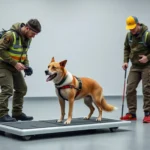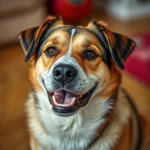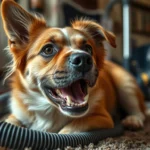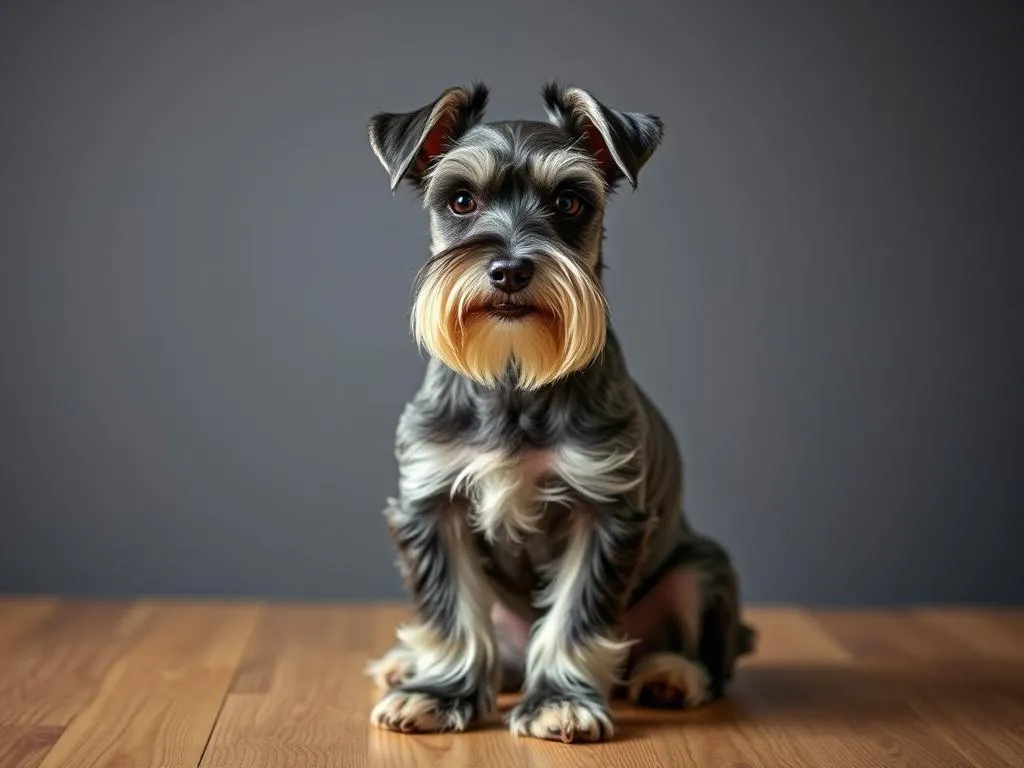
Introduction
Miniature Schnauzers are known for their spirited personalities, intelligence, and affectionate nature. As a small breed with a big heart, they make wonderful companions. However, like any other dog, potty training is a crucial aspect of bringing home a Miniature Schnauzer. Proper training not only helps keep your home clean but also fosters a positive relationship between you and your furry friend. In this guide, we’ll explore effective strategies on how to potty train a Miniature Schnauzer, ensuring that both you and your pet enjoy the process.
Understanding the Miniature Schnauzer
Breed Characteristics
Miniature Schnauzers are highly energetic and intelligent dogs, making them relatively easy to train. They are known for their friendly demeanor and loyalty, but they can also display some stubbornness. These traits can pose challenges during potty training as they may not always respond to commands as quickly as other breeds. Understanding these characteristics will help you tailor your training approach.
Developmental Stages
When it comes to how to potty train a Miniature Schnauzer, age plays a significant role. Generally, puppies can begin potty training at around 12 weeks of age. Signs of readiness may include:
- Squatting or circling
- Sniffing around the ground
- Whining or barking at the door
Recognizing these signs will help you establish a more effective training routine.
Preparing for Potty Training
Setting Up a Designated Potty Area
Creating a designated potty area is crucial for successful potty training. You can choose between indoor and outdoor options. If you live in an apartment, consider using potty pads indoors. Outdoors, select a specific spot in your yard where your Schnauzer can go. Consistency is key; always take your dog to the same spot to help them associate that area with going potty.
Gathering Necessary Supplies
Before you begin training, ensure you have the right supplies. These may include:
- Potty pads (for indoor training)
- Leashes (for outdoor excursions)
- Treats (for positive reinforcement)
- Cleaning supplies (enzymatic cleaners for accidents)
Investing in quality products can simplify the training process and help reinforce good habits.
Establishing a Routine
A consistent routine is essential for potty training success. Establish specific times for potty breaks, such as after meals, playtime, and naps. This not only helps your Miniature Schnauzer understand when it’s time to go but also minimizes accidents in the house.
Steps to Potty Train a Miniature Schnauzer
Initial Training Phase
Begin the training by introducing your Miniature Schnauzer to the designated potty area. Take them there frequently, especially after meals or playtime. Watch for signs that they need to go, such as sniffing, circling, or whining. When they do go in the right spot, immediately offer praise and treats to reinforce the behavior.
Reinforcement Techniques
Positive reinforcement is a cornerstone of effective training. Reward your Schnauzer with treats and affection each time they successfully go potty in the designated area. Clicker training can also be a valuable tool; use the clicker to mark the moment they relieve themselves, followed by a treat. This helps them associate the action with positive outcomes.
Dealing with Accidents
Accidents are a natural part of the potty training process. When they occur, remain calm and avoid scolding your Schnauzer. Instead, clean the area thoroughly with an enzymatic cleaner to eliminate odors that may encourage repeat offenses. This approach helps your dog learn without fear, fostering a more trusting relationship.
Gradual Independence
As your Miniature Schnauzer becomes more reliable in their potty habits, you can gradually give them more freedom around the house. Start by allowing them access to one room at a time, monitoring them closely until you are confident they can handle the extra space without accidents.
Common Challenges and Solutions
Reluctance to Go Outside
Some Miniature Schnauzers may hesitate to go outside due to various reasons, such as fear of loud noises or unfamiliar environments. Encourage them gently by using treats or toys as incentives. If your dog is particularly anxious, consider conducting training sessions in a quiet area before gradually moving to busier spots.
Regression in Training
It’s not uncommon for dogs to experience regression during potty training, especially during stressful situations or changes in routine. If this happens, revisit the basics and reinforce positive behaviors without punishment. Patience and consistency will help your Schnauzer regain their confidence.
Differences in Training for Miniature Schnauzers
While many potty training methods apply to all breeds, it’s essential to adapt your approach for Miniature Schnauzers. Their strong-willed nature may necessitate more frequent positive reinforcement and patience. Tailor your training to accommodate their unique personality and energy levels.
Advanced Techniques for Potty Training
Crate Training
Crate training can significantly aid in potty training. Dogs naturally avoid soiling their sleeping area, so using a crate can help your Miniature Schnauzer learn to hold it until they are let outside. Ensure the crate is appropriately sized—large enough for your dog to stand up and turn around but not so big that they have space to eliminate in one corner.
Using Commands
Teaching your Miniature Schnauzer a specific command such as “go potty” can streamline the training process. Use the command consistently when you take them to their potty area. With time and positive reinforcement, they will learn to associate the command with the action.
Maintaining Good Habits
Long-term Training Strategies
Even after your Miniature Schnauzer is fully potty trained, maintaining good habits is essential. Keep the routine consistent as your dog matures. Regular potty breaks and positive reinforcement will help reinforce their training.
Handling Changes in Environment
Changes in environment, such as moving to a new home or traveling, can disrupt your Schnauzer’s potty habits. Be prepared to re-establish the training routine in these situations. Provide a designated potty area wherever you go and remain patient as your dog adjusts.
The Importance of Continued Reinforcement
To prevent reversion to old habits, continue reinforcing positive behaviors throughout your Schnauzer’s life. Use treats and praise whenever they go potty in the right place, even after they seem fully trained. This ongoing reinforcement helps solidify their behavior.
Conclusion
Potty training a Miniature Schnauzer may require time and patience, but with the right strategies, it can be a rewarding experience for both you and your dog. Remember to focus on positive reinforcement, maintain consistency, and adapt your training to their unique personality. With dedication and love, you’ll have a well-trained Schnauzer who is a joy to have around. Embrace the journey, and don’t hesitate to share your experiences and tips with other Miniature Schnauzer owners.


